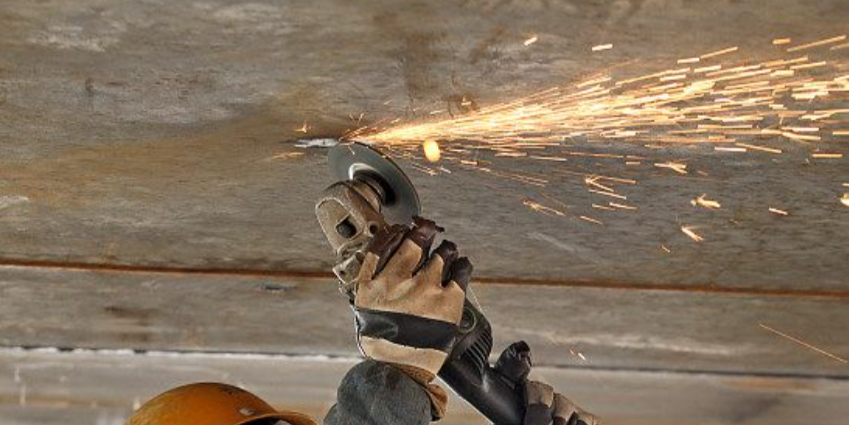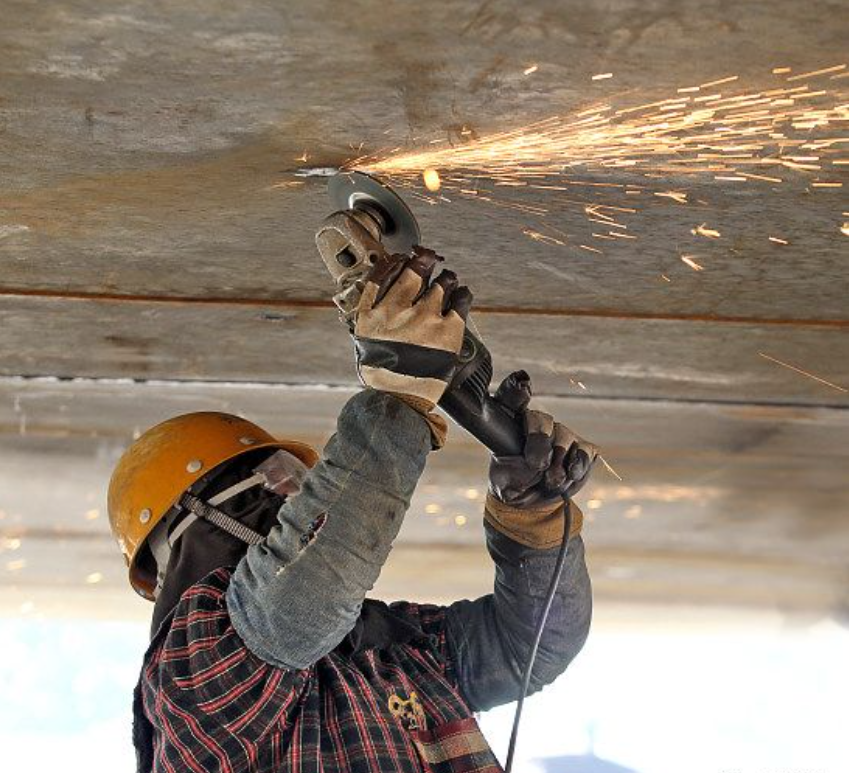Comprehensive Guide to Ship Grinding: Selecting Abrasive Tools and Efficient Techniques Revealed

Table of Contents
Comprehensive Guide to Ship Grinding: Selecting Abrasive Tools and Efficient Techniques Revealed
Ships are constantly exposed to the harsh marine environment, enduring salt, water, wind, and other natural elements, which lead to surface rust, dirt, and aged coatings. Grinding, as a critical method for surface treatment, involves physical abrasion to remove surface oxides, rust, old paint layers, and other contaminants from the ship's body. This process ensures the quality of subsequent procedures such as welding, painting, and repairs, enhances the vessel's appearance, strengthens its corrosion resistance, and prolongs its service life. Beyond aesthetics, grinding is essential for the safe operation of ships.

Image Source: MIRKA
- Purpose of Grinding: Improve surface smoothness, prevent corrosion, and enhance coating adhesion.
- Common Grinding Areas: Ship hulls, decks, weld seams, propellers, and more.
- Characteristics of Ship Grinding Environments: High humidity, large surface areas, and diverse materials, requiring efficiency and durability.
The fundamental principle of grinding is the frictional action between abrasive particles and the workpiece surface to remove surface materials. In the marine industry, grinding often involves large-scale operations that demand efficiency, uniformity, and no structural damage to the vessel. Therefore, selecting suitable abrasive tools and mastering the correct grinding techniques is crucial.
Selecting Appropriate Abrasive Tools for Different Ship Materials
Based on market analysis, the abrasive products commonly used in ship grinding include grinding wheels, sanding belts, fiber discs, resin sanding pads, sanding discs, non-woven abrasives, mesh abrasives, and multi-hole sanding products. Additionally, polishing liquids are widely employed to eliminate grinding marks and polish surfaces for superior smoothness.
Among these, grinding wheels and sanding belts dominate ship grinding applications, accounting for approximately 50%–60% of usage. Their durability and efficiency make them ideal for hull surface grinding and weld seam treatment.
Ships are constructed from a variety of materials, each requiring different abrasive tools to achieve optimal results. Below is a breakdown of material types and recommended tools:
Steel Materials
- Recommended Tools: Metal-cutting resin grinding wheels used with angle grinders.
- Reason for Selection: Steel surfaces are hard, and aluminum oxide grinding wheels offer excellent wear resistance, enabling rapid rust removal and improved efficiency.
- Outcome: A uniform, rust-free surface suitable for pre-coating treatments.
Aluminum Alloy Materials
- Recommended Tools: Zirconia alumina sanding belts, ultra-durable non-woven abrasive pads, and alumina or silicon carbide abrasive discs.
- Reason for Selection: Aluminum alloys are relatively soft and require low-heat grinding to avoid overheating and deformation. Zirconia alumina abrasives provide self-sharpening properties for enhanced performance.
- Outcome: Scratch-free, fine surface finish.
Fiberglass Materials
- Recommended Tools: Resin-bonded abrasive grinding discs, sandpaper, and precision abrasive discs.
- Reason for Selection: Fiberglass is prone to cracking, and silicon carbide sandpaper offers flexibility for fine processing.
- Outcome: Smooth surfaces and clean edges without chipping.
Choosing the right abrasive tools not only boosts grinding efficiency but also ensures the desired surface quality, achieving optimal grinding results.

Image Source: MIRKA
Effective Step-by-Step Guide to Ship Grinding
Preparation Phase
- Surface Cleaning: Remove oil stains, loose rust, and foreign objects.
- Select Appropriate Abrasive Tools: Choose based on material type and desired outcome.
- Safety Check: Wear protective gear and ensure the grinding equipment is in good condition.
Grinding Steps
- Rough Grinding: Use low-grit grinding wheels or sanding belts to quickly remove rust and old paint layers.
- Fine Grinding: Perform surface finishing with high-grit grinding wheels, sanding belts, or polishing pads.
- Inspection: Regularly pause to check progress and avoid over-grinding.
Post-Grinding Treatment
- Clean the Grinding Area: Use compressed air or brushes to remove dust and debris.
- Apply Rust Protection: Coat the surface with rust-inhibiting primer or protective coatings.
Avoiding Common Mistakes During Grinding
Common Mistakes
- Improper Tool Selection: Leads to inefficiency or surface damage.
- Excessive Grinding Pressure: Accelerates tool wear and can damage the workpiece surface.
- Ignoring Cooling Measures: Overheating materials may cause performance degradation or deformation.
Efficient Grinding Tips
- Maintain a stable grinding tool angle to avoid vibrations or jumping.
- Match grinding speed to the material type to prevent unnecessary heat generation.
- Regularly clean abrasive tools to maintain grinding effectiveness.

Image Source: JISHIJIE
Maintenance and Extending Abrasive Tool Life
Proper Usage of Abrasive Tools:
- Avoid overloading tools and adhere strictly to the rated speed.
- Replace or dress tools promptly when grinding efficiency decreases.
Storage and Maintenance:
- Store tools in a dry, well-ventilated area to prevent moisture and high-temperature exposure.
- Regularly inspect tools for cracks or wear and replace them as needed.
Cleaning and Dressing:
- Use specialized cleaning brushes to remove deposits from abrasive surfaces.
- For grinding wheels, use dressers to restore shape and enhance grinding performance.
Ship grinding is a highly technical and demanding task. By understanding the basics, selecting the right abrasive tools, following effective grinding steps, avoiding common mistakes, and properly maintaining abrasive tools, ship grinding tasks can be completed efficiently, safely, and to a high standard of quality.

.jpeg?width=400&name=3%20(3).jpeg)

.jpeg?width=400&name=24%20(6).jpeg)